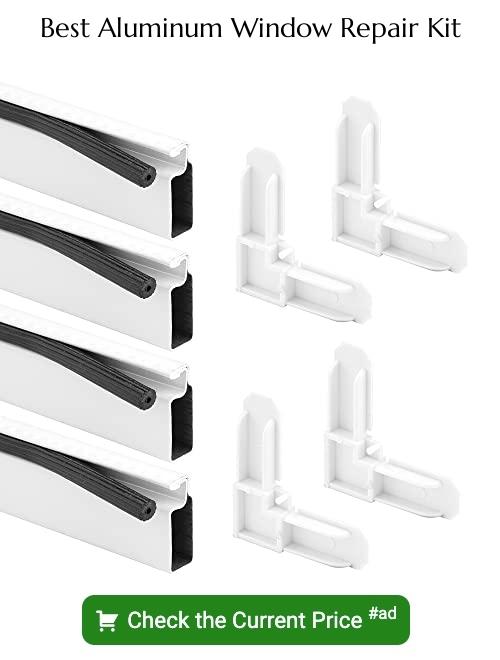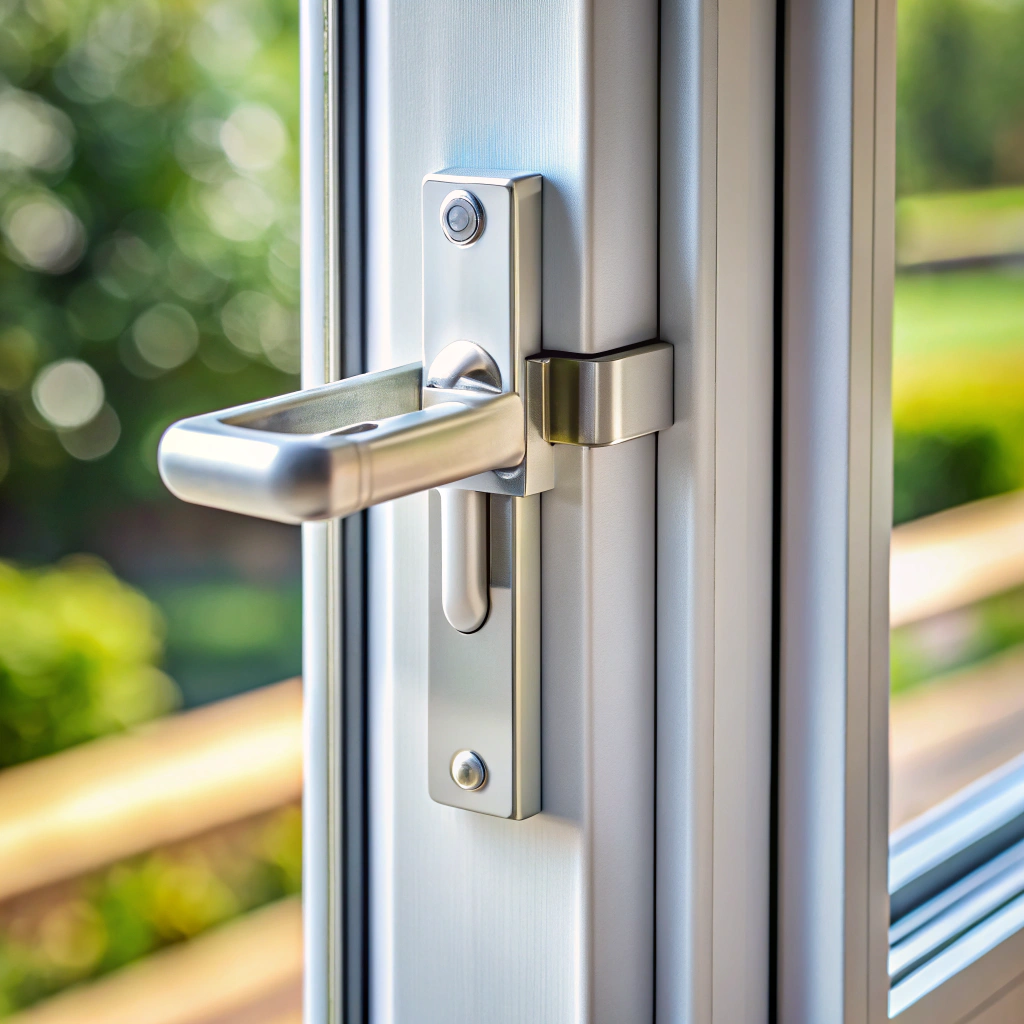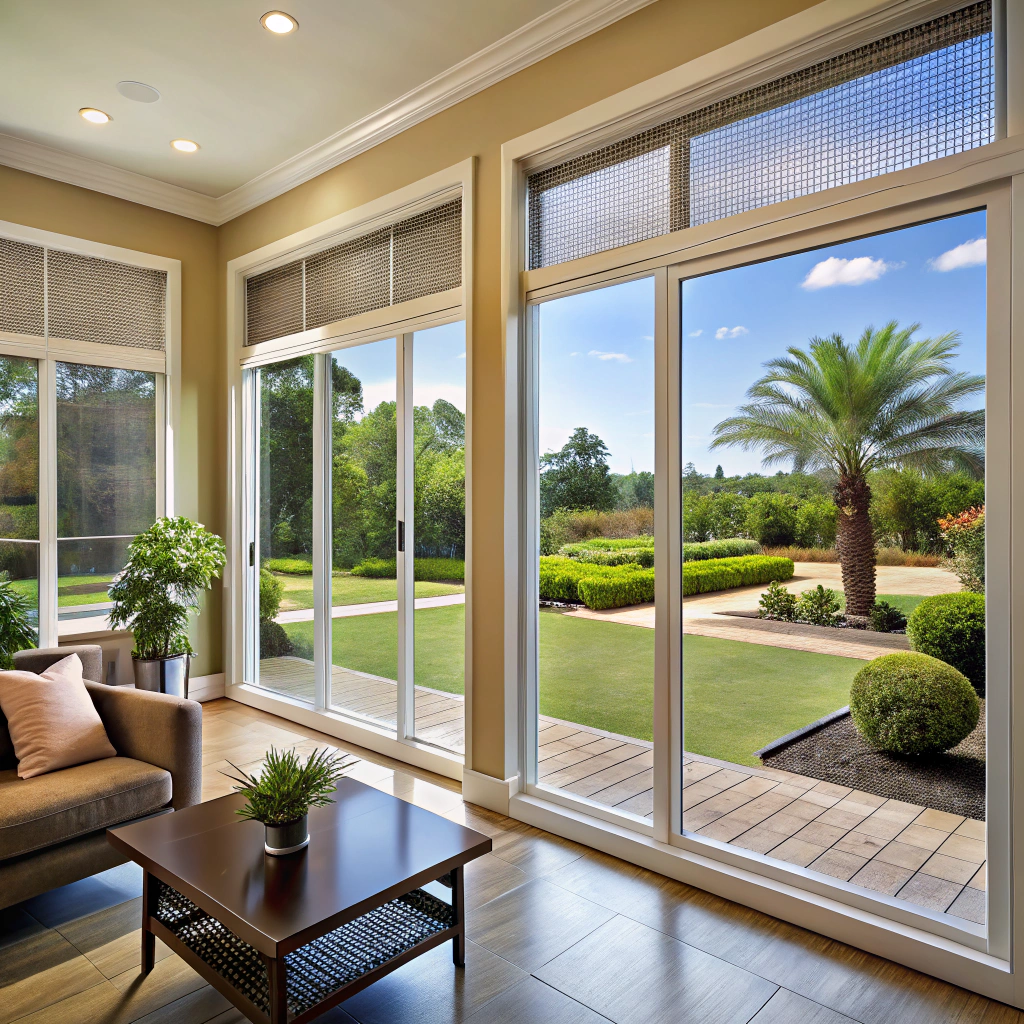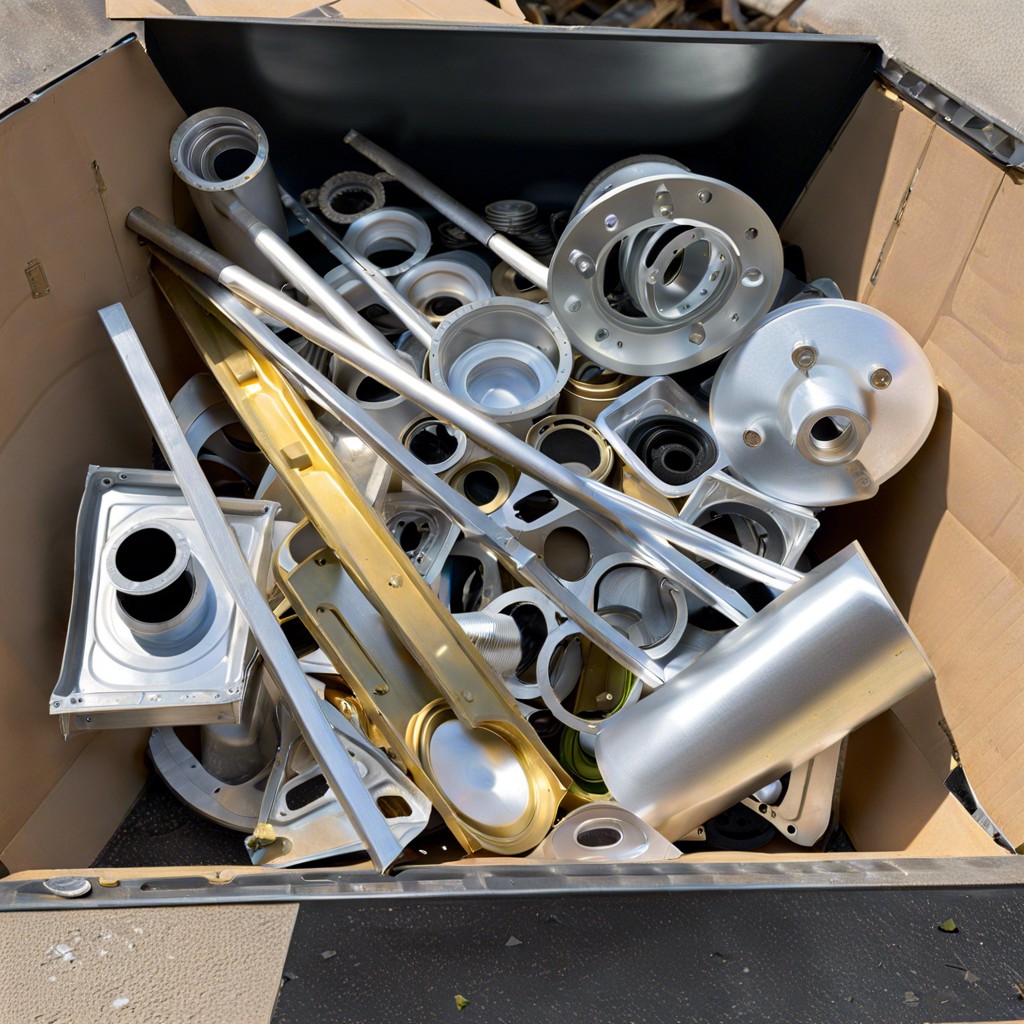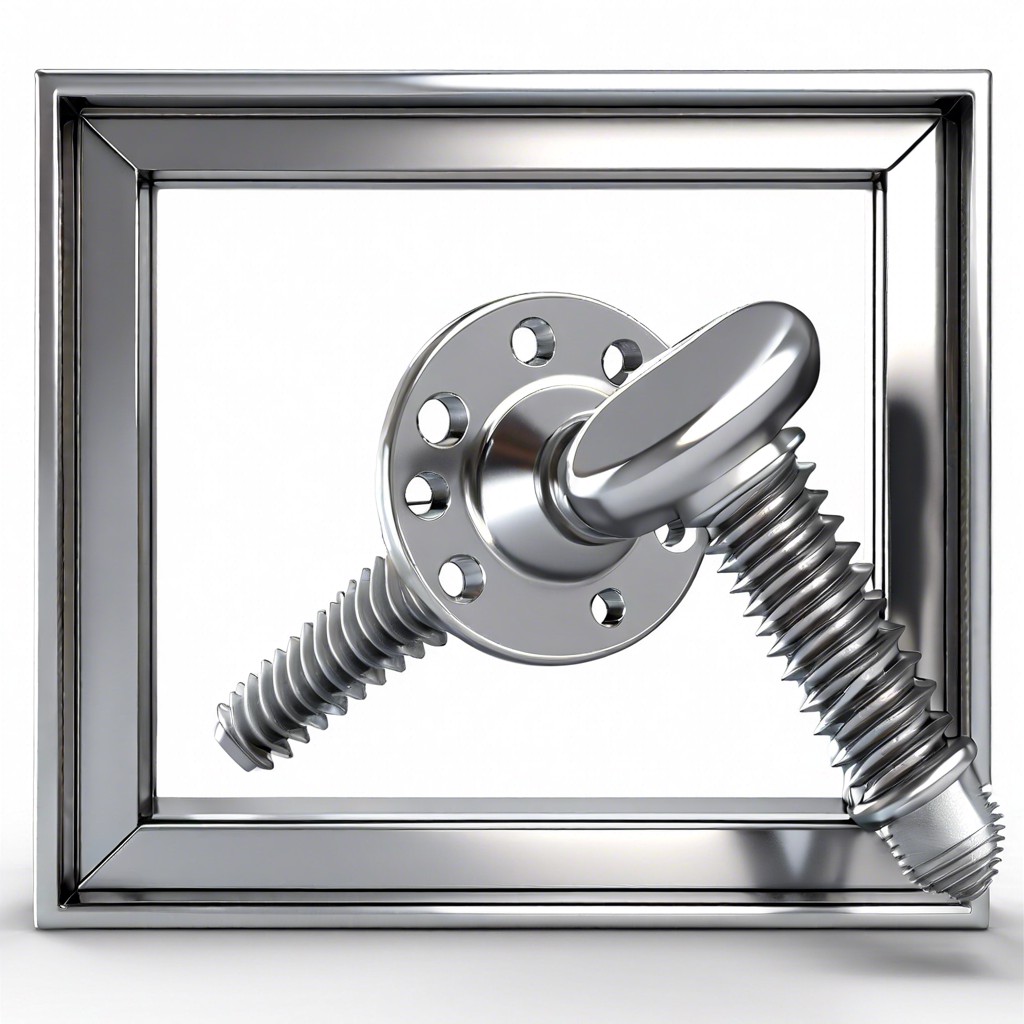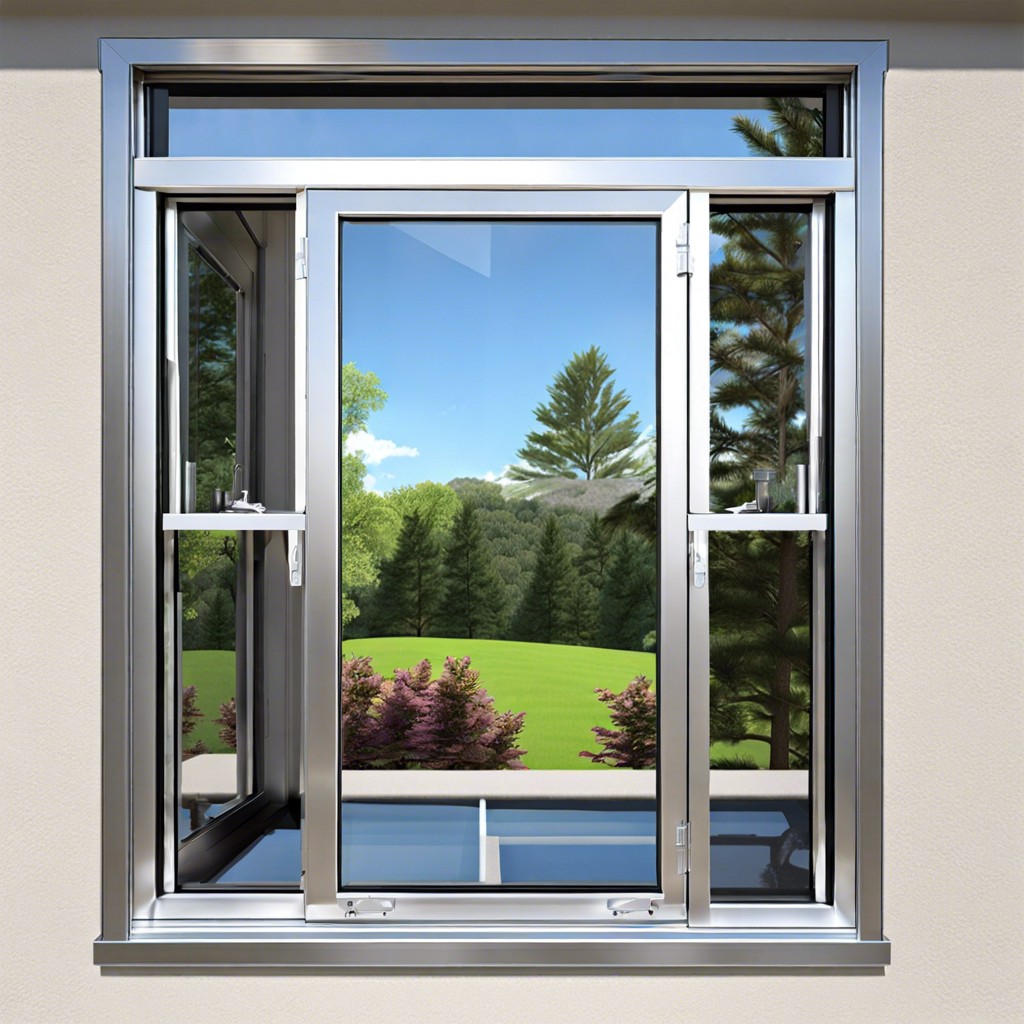This guide unequivocally illuminates the process of restoring aluminum windows, providing the necessary knowledge to achieve a successful refurbishment.
Key takeaways:
- Assess aluminum window damage: corrosion, warps, sealant failures, etc.
- Gather necessary tools and materials: hand tools, aluminum cleaner, sandpapers, etc.
- Repair scratches and dents, replace broken glass with proper techniques.
- Seal, waterproof, and paint aluminum windows to prevent corrosion.
- Maintain restored aluminum windows with regular cleaning, lubrication, inspection, touch-up paint, and condensation prevention.
Assessing Aluminum Window Damage
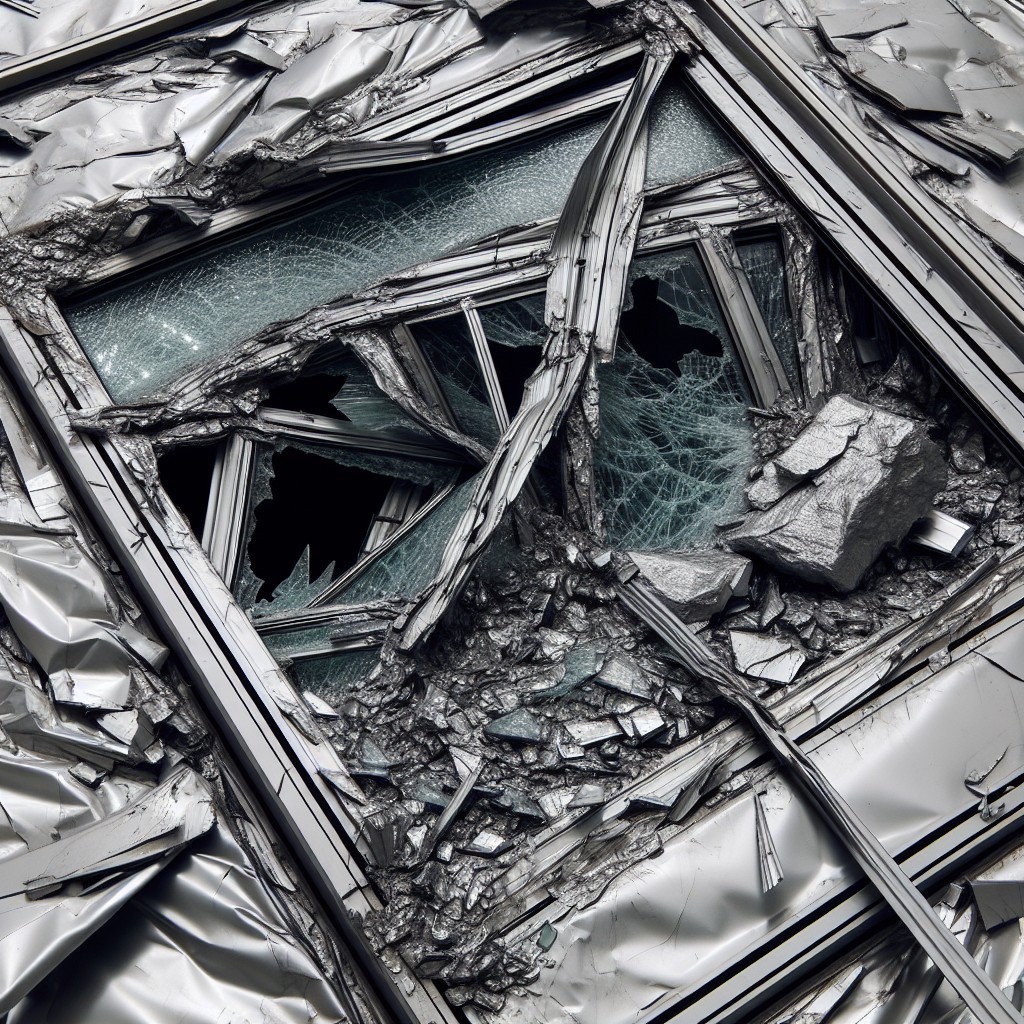
Inspect for signs of corrosion, which can appear as white, powdery spots on the surface. Check for bends or warps in the frame that could compromise the window’s integrity. Assess the operability of latches and hinges since faulty hardware can affect functionality. Look for sealant failures; these often manifest as gaps or cracks where the frame meets the glass.
Examine the condition of the finish, noting peeling or fading paint that would necessitate a fresh coat. Scratches and dents are common in aluminum frames — identify the extent of such aesthetic damage. Lastly, evaluate any damage to the glass itself, determining whether it is a simple scratch that can be polished out or a crack that would require a full glass replacement.
Necessary Tools and Materials for Restoration
Before embarking on the aluminum window restoration process, ensure you have the proper tools and materials at hand to streamline your workflow. Start with a basic set of hand tools: a screwdriver, pliers, and a hammer for disassembly and reassembly. A high-grade aluminum cleaner will remove oxidation and grime, prepping the surface for further work.
For scratch and dent remediation, you’ll need sandpapers of varying grits or a specialized aluminum filler for deeper imperfections. Consider a quality primer and metal paint formulated for aluminum to prevent corrosion and enhance appearance.
Glass replacement requires a careful approach; a glass cutter, glazing points, and putty are vital for fitting new panes securely. Remember to stock up on weatherstripping or caulk to ensure a weather-tight seal post-restoration.
Keeping these essentials within reach facilitates a smooth restoration routine, leading to professional-level results.
Repairing Scratches and Dents, and Replacing Broken Glass
Begin by gently cleaning the affected area with a mild detergent and water to remove any dirt and debris. Dry thoroughly to ensure a clear work surface.
When addressing scratches on aluminum frames, use a fine-grit sandpaper to buff out the superficial damage. For deeper gouges, a specialized aluminum filler can be applied with a putty knife. Smooth the filler and allow it to cure as per the manufacturer’s instructions before sanding it down to blend seamlessly with the surrounding area.
In the case of dents, use a rubber mallet to carefully tap them from the opposite side, restoring the original shape of the metal. Avoid using a metal hammer as it could cause additional damage.
For replacing broken glass, first, protect yourself with safety glasses and gloves. Remove the old putty and glazing points with a putty knife and chisel. Carefully extract the broken glass shards. Apply a thin layer of new glazing compound around the frame where the glass will sit, ensuring it is even and smooth. Then, insert the new pane of glass and secure it with new glazing points. Apply another layer of glaze around the edges to seal the glass in place, smoothening it with a putty knife for a professional finish. Allow the new putty to dry for the recommended time before painting.
Sealing, Waterproofing, and Painting Aluminum Windows
Weather elements can be harsh on aluminum windows, but proper sealing and waterproofing protect against moisture intrusion and corrosion. Before application, cleaning the surface removes any dirt or debris. Clear silicone caulk is an effective sealant for aluminum, applied around joints and where the frame meets the building structure to ensure a watertight seal.
When considering painting, aluminum must be coated with a primer specifically designed for metal to ensure adhesion. Opt for acrylic or latex paint formulated for exterior use on metal surfaces, as it stands up against the elements and provides a durable finish. Lightly sanding the surface beforehand enhances paint adherence. Use masking tape and drop cloths to protect adjacent areas from paint splatters. Apply multiple thin coats rather than a single thick one to avoid drips and achieve a smooth, professional look. With attention to detail, these steps extend the lifespan and enhance the aesthetics of aluminum windows.
Maintaining Restored Aluminum Windows
Maximize the longevity of your restored aluminum windows with simple, yet effective maintenance measures:
– Regular Cleaning: Use a mixture of mild detergent and water to gently clean the frames every few months. Avoid abrasive cleaners that can damage the finish. – Lubrication: Apply a silicone-based lubricant to the tracks and any moving parts annually to ensure smooth operation. – Inspection: Twice a year, inspect sealants and weather-stripping for signs of wear or damage. Promptly address any issues to maintain energy efficiency. – Touch-Up Paint: Have matching touch-up paint on hand to quickly repair any chips or scratches, preventing corrosion. – Condensation Prevention: Use a dehumidifier or ensure proper ventilation to avoid condensation build-up, which can lead to water damage.Implementing these straightforward practices will ensure optimal performance and aesthetics of aluminum windows for years to come.
FAQ
How do you make aluminum windows look new?
To make aluminum windows look new, clean them regularly by mixing mild detergent with warm water and wiping down with a soft cloth or sponge.
Can aluminium windows be refurbished?
Yes, aluminium windows can be refurbished by repairing or replacing damaged components such as frames, hardware, and seals, which extends their lifespan and preserves the building’s originality.
How do you remove oxidation from aluminum windows?
To remove oxidation from aluminum windows, clean the area as thoroughly as possible with a microfiber towel, then wash with soap and water, and finish by sanding off the oxidized part either manually or using a sanding machine.
What is the process for repainting aluminum window frames?
The process for repainting aluminum window frames involves cleaning the surface, sanding it down, applying a primer, and then applying two coats of an appropriate outdoor paint specific for metal surfaces, allowing drying time between each coat.
Can corrosive damage on aluminum windows be repaired?
Yes, corrosive damage on aluminum windows can be repaired, often through processes such as sanding, cleaning, and repainting.
What types of maintenance should be regularly performed on aluminum windows to prevent wear and tear?
Regular maintenance for aluminum windows involves routine cleaning, lubricating moving parts, checking for potential damages, and applying protective paint if necessary.
Recap
